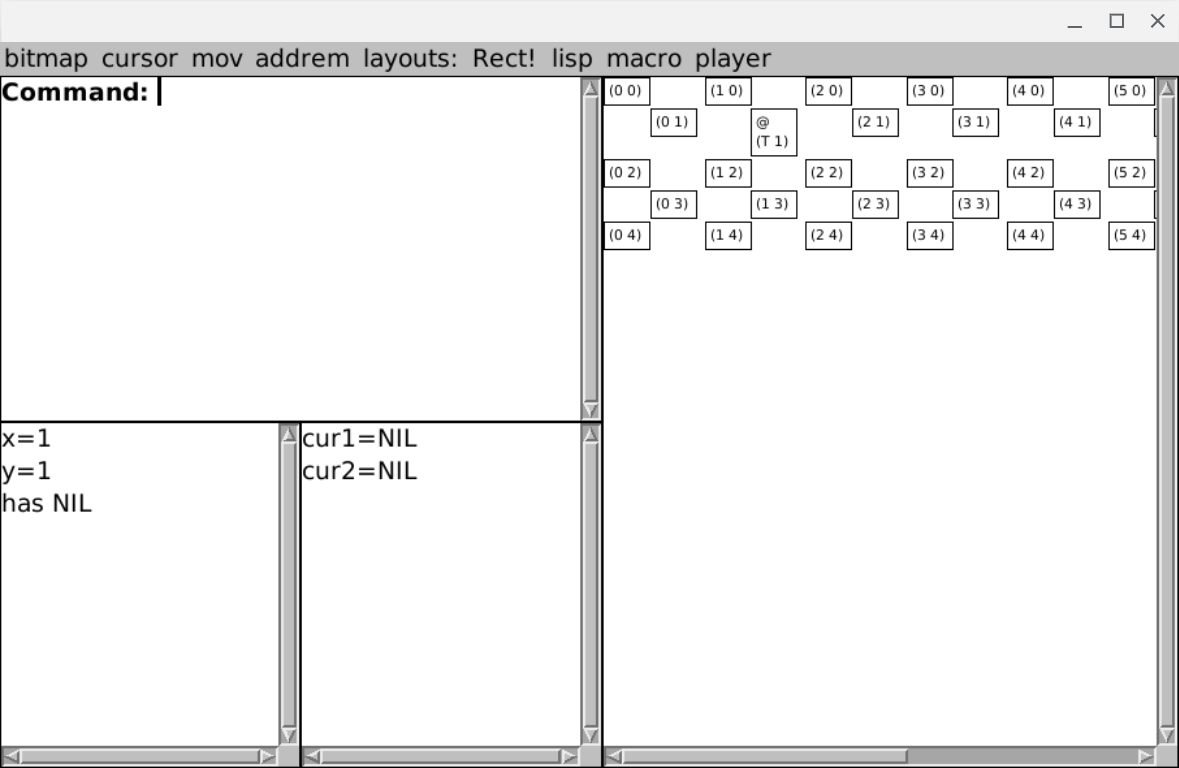This draft paper dated 1979, apparently never published, gave an historical overview of early programming languages for AI.
The document helps make sense of names like POPLER and QLISP. What's interesting is high level languages such as PLANNER and CONNIVER saw initial interest but little actual use.
https://stacks.stanford.edu/file/druid:vg077ps3762/vg077ps3762.pdf

